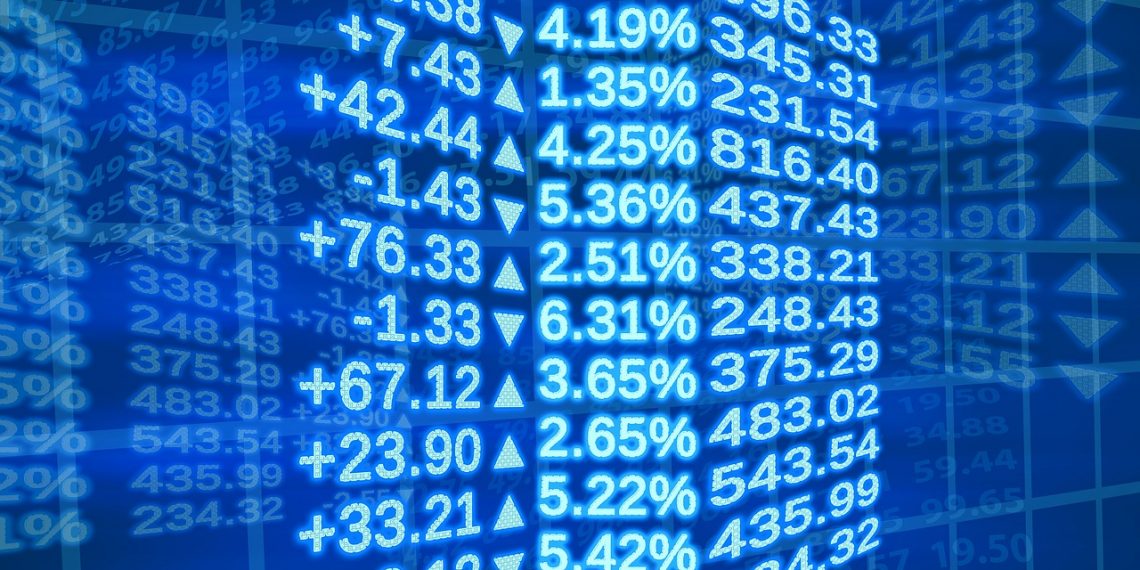The largest asset bubbles in history have come before a by deep economic recessions, and vice versa. However, the strength of the cause-and-effect relationship between the two is still a debatable topic.
On the other hand, experts generally agree that the bursting of a bubble plays at least some role in each of the succeeding economic recession.
The following are some of the biggest bubbles and recessions in the US history.
Stock Market Bubble of 1920s and Great Depression
The 1920s kicked off the decade with a deep but short recession. Afterwards, economic expansion followed.
Lavish wealth became an American virtue during the so-called “Roaring Twenties.”
But the bubble appeared when the government eased credit requirements and lowered interest rates to fight recession.
The strategy worked. However, it worked and brought about problems of its own. Consumers and businesses started taking more debt than ever. By the mid-1920s, an additional $500 million is already in circulation.
The fun was good but not sustainable. The year 1929 showed the faults in the system. The debt had driven too much of the lavishness.
Savvy investors saw the good times were nearing the end, so they started taking profits. Not long after, a massive selloff gripped the market. Banks didn’t have the money to meet the requests for withdrawals, culminating to the crash of 1929.
This crash paved the way for the Great Depression, which is still known as the worst economic crisis in US history.
Dot-Com Bubble of 1990s and Recession of 2000s
Before 1999, the words internet, online, and web weren’t in the vocabulary of the people. However, by the end of the 90s, these words were the buzzwords of the economy.
The tech stock-tracking NASDAQ index hovered below 500 at the beginning of the decade. By the turn of the century and millennium, the index had rocketed past 5,000.
The internet changed the world and businesses. During the dot-com bubble, robust companies were launched, including Yahoo, Amazon, and Google.
However, most other tech companies were firms with no long-term visions. Many of them really didn’t have any product at all.
But because investors were attracted by the dot-com mania, these companies still fetched millions of investments. Many of them even went public without ever releasing a product at all.
In March 2000, the NASDAQ sold off and ended the dot-com bubble. The recession afterwards was relatively shallow for the broader economy, but it had a devastating impact on the tech industry.
Real Estate Bubble of 2000s and the Great Recession
Many factors played a part to produce the real estate bubble of the 2000s. The largest of these factors were the low interest rates and significantly relaxed lending standards.
The house fever spread like wildfire and even high-risk lenders like subprime started relaxing standards to insane levels.
One such instance of craziness in these times was when borrowers with no income, no assets, and no employment verification were approved for loans.
A bubble that was driven in large part by the practice of loaning hundreds of thousands of dollars to people who couldn’t prove they had assets or jobs was unsustainable.
Large banks became insolvent. Housing prices tumbled by more than 50% in some areas. Even by the year 2015, the majority of Americans feel that the economy has not yet fully recovered from the Great Recession.

















